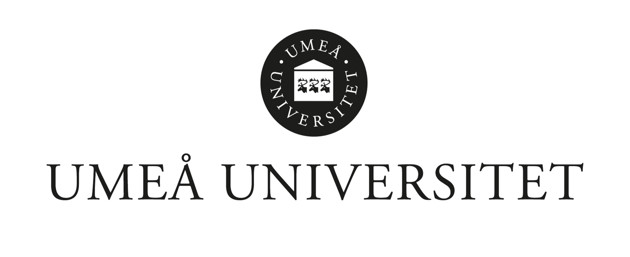In Close Collaboration
MIMS, established at Umeå University
Since the establishment of MIMS in 2007, Umeå University serves as the host university of MIMS and it has been contributing to the core-grant for MIMS since its inauguration. The two host faculties at Umeå University, Faculty of Technology and Natural Sciences and Faculty of Medicine, have been providing substantial co-financing.

The Swedish Research Council (Vetenskapsrådet) has been providing a core-grant for MIMS since its inauguration as well as the Knut and Alice Wallenberg Foundation and Kempestiftelserna.
Visit Swedish Research Council website
Visit Knut and Alice Wallenberg Foundation website
Visit Kempestiftelserna website

MIMS, the Swedish node of the Nordic EMBL Partnership
The Nordic EMBL Partnership for Molecular Medicine combines the complementary expertise of the Nordic countries in research and technology to stand at the forefront of biomedicine and foster the next generation of researchers of the field. The combined knowledge of the four research centres, hosted by universities in Denmark, Finland, Norway, and Sweden, allows the Partnership to enhance their research through shared infrastructure and knowledge exchange. The Partnership is following the operational model and core principles of the European Molecular Biology Laboratory (EMBL), which has strengthened the Nordic and global biomedical community. EMBL’s recognized research strength in areas such as molecular, structural, and developmental biology and bioinformatics, Norway’s strength in molecular mechanisms of disease, Sweden’s strength in microbial pathogenicity and molecular infection medicine, and Finland’s strength in human genomics and personalized medicine are complemented by Denmark’s strength in molecular and translational neuroscience. Thanks to the unique EMBL operational model, there is a dynamic influx of young, promising researchers, serving, foremost the Nordic, biomedicine research community.

Umeå Centre for Microbial Research as local umbrella institution
The Umeå Centre for Microbial Research (UCMR) is the interdisciplinary research centre at Umeå University from which MIMS emerged and which continues to provide the fertile ground of ideas and collaborations that are critical for MIMS to thrive. This important centre brings together more than 70 principal investigators from chemistry and physics, as well as basic and clinical microbiology, who are devoted to top quality research and novel applications in the fields of microbial pathogenesis. The vision of UCMR is to develop a world-leading science environment promoting cutting-edge molecular and translational research in microbial infection through synergies and collaborations.
In 2008, UCMR was selected by the Swedish Research Council as one of 40 Centres of Excellence to receive long-term support through the Linnaeus Programme. In its evaluation of the programme in March 2020, an international panel identified UCMR as “one of the jewels in the crown” of the Linnaeus Centres and emphasised the role of the “distinguished first Director of UCMR”, Professor Bernt Eric Uhlin, “to build on what was already strong and then hire the best people”. Since 2019, UCMR is led by its Director, Yaowen Wu, Department of Chemistry, and Deputy Director, Prof. Teresa Frisan, Department of Molecular Biology. In 2022 Umeå University ranked research on microbial infections as one of its most important areas for future research, following a bid led by UCMR.

Connecting to the new Data-Driven Life Science (DDLS) program
The life sciences are increasingly driven by large data sets and computational analysis. A visionary 12-year programme initiated by the Knut and Alice Wallenberg (KAW) Foundation and implemented by SciLifeLab now provides research institutions to build capacity for data-driven life science research in four priority areas, one of which relates to the epidemiology and biology of infection.
The program has created four local Data Science Nodes to profice computational support for each priority area. Umeå University will build support for the infection priority area.

Latest update: 2024-08-22 Page editor: Nora Lehotai







